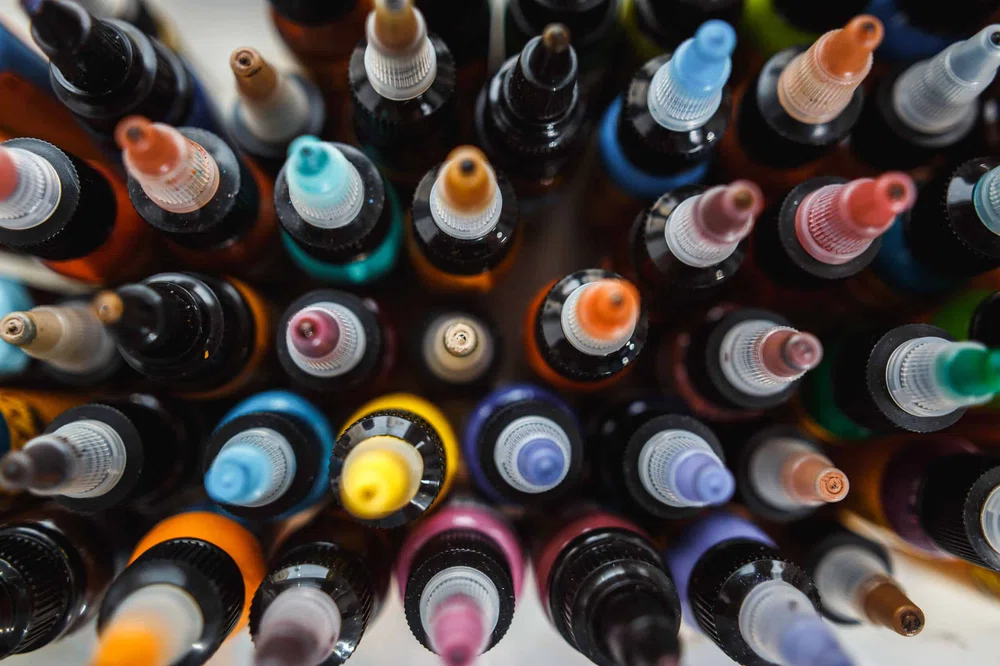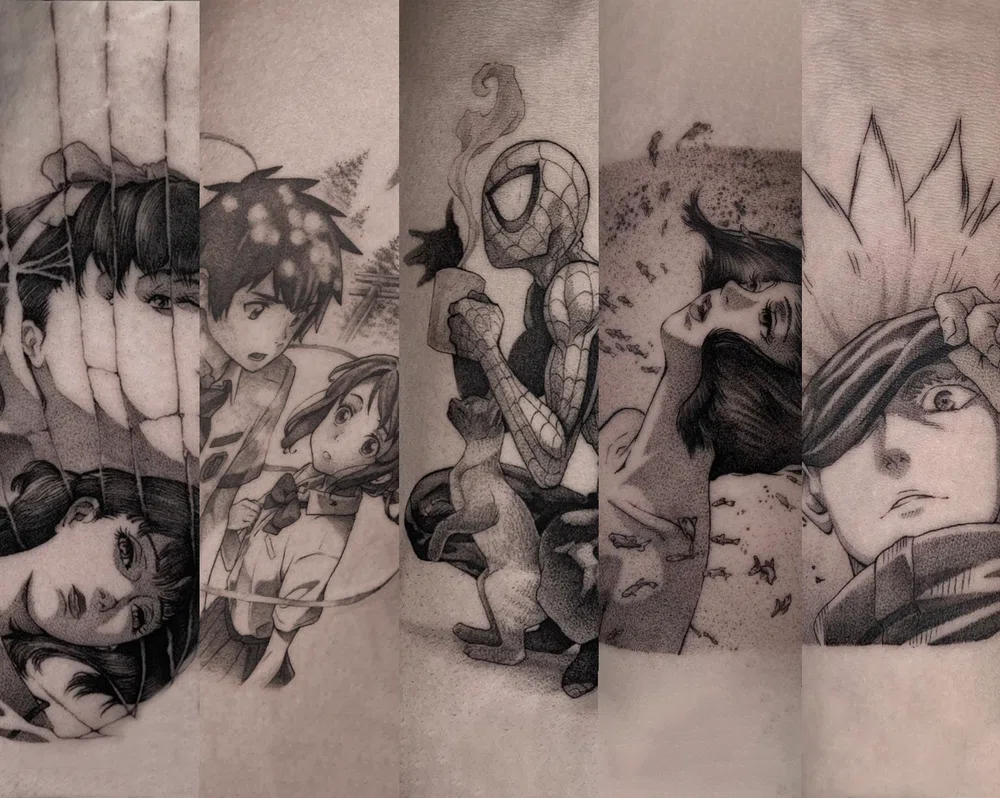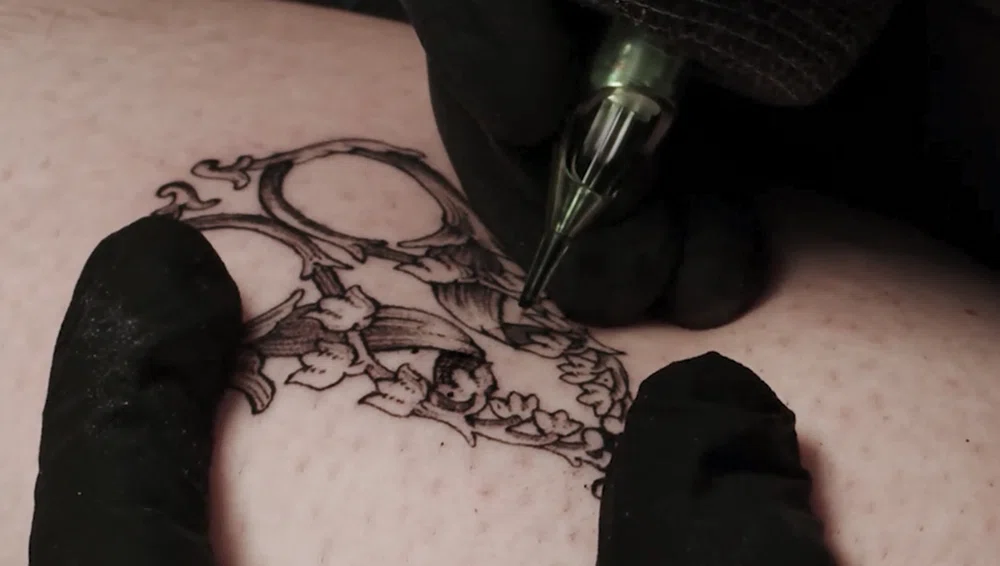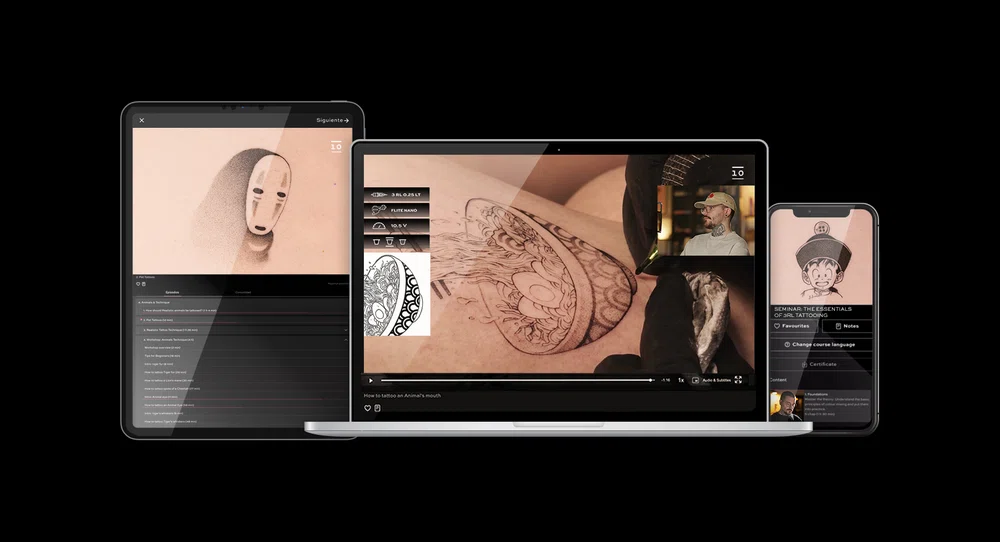Challenges of Tattooing with 3RL Needles
Tips for Tattooing with Single Needle Technique
22 May 2024
If you're looking for a needle that helps you work with high precision and detail, the 3RL might be ideal for you.
There are several advantages to tattooing with 3RL needles, but we won't lie to you, they also pose some challenges that you should consider if you want to make the most of them.
So, whether you had already planned to work with them or hadn't even considered them at all, stick around because today you'll learn about their difficulties and how to tackle them before they become a problem.
Precautions when Tattooing with 3RL
1) Needle Back-Up
Techniques like Whip Shading and such tend to be demanding for 3RL needles because when aiming for these types of effects and textures, their three needles gradually open and lose sharpness.
So, if you don't change them at the right time during the session, you could risk the tattoo to look different in some areas.
That's why when using these techniques with 3RL needles, you should always have a few spare needles and cartridges on hand.
2) Ink Composition

Tattooing with black ink usually makes both the session and the final result easier, as the skin assimilates its composition better. Now, doing it with colors is a different story, especially because of the different densities.
And what does this have to do with 3RL?
Well, being Bugpin* type needles and carrying less ink, there's a higher risk of causing irregular lines or uneven color appearance.
For tattooing with colors, wider configuration needles usually work better, such as Magnums, as they allow for a greater pigment load and more uniform distribution.
Anyway, don't take it as an impossibility; with a well-trained and polished skill set, you can easily overcome this challenge.
* What the heck is Bugpin? 👀, solve this mystery and many others with our
Glossary of tattoo terminology.
3) Practice and Confidence Above All
In theory, tattooing with small-bodied needles tends to be complex, especially for newbies, as there's always the risk of crooked lines, blowouts, or accidentally injuring your client.
But in practice, if you take all the necessary precautions, get well-informed by someone who has overcome the challenge, and practice enough before moving on to the real deal, you can significantly reduce the risks of tattooing with 3RL needles.
You can even make it your go-to needle…
As shown by the artist Roger Monlix, who after years of trial and error, and thanks to having developed a solid arsenal of techniques that allows him to tattoo everything with 3RL (even if lines aren't perfect in one go), now achieves spectacular pieces tattooing exclusively with this needle.

For now, we don't know of a better role model to teach you how to make the most of this versatile needle.
That's why we've teamed up to create a practical solution for anyone who wants to master one of the most versatile and delicate needles out there, Seminar: The Essentials of 3RL Tattooing.
4) Depth when Tattooing
Thin-gauge needles also require hand control and cautious technique, as if not, you could go past the dermis and mistakenly hit the hypodermis, causing unnecessary pain to your client, and even a possible tattoo blowout.
Now, once you get the hang of it, it can become a great ally when making delicate pieces that don't require a complex and risky tattoo healing process, such as, for example, Blackwork with large areas of solid black fillings.
5) Essential Patience!

While this trait is fundamental for the art of tattooing itself, needles like the 3RL tend to demand a higher degree of patience, due to the multitude of details and textures that can be achieved, unlike larger needles that fill larger areas of the skin in less time.
We know it, with the culture of immediacy in which we currently live, it's becoming harder for us to devote enough time; but trust us, in the art of tattooing, nothing good results from rushing the process...
Tattooing is not a speed race but a marathon.
Each line is a lesson; every tattoo is an opportunity to improve your technique and become a better professional.
When it comes to creating precise and quality details, time rewards and patience pays off. And if delivering the best results means tattooing for more hours or even sessions, so be it!
Guide to Tattooing with 3RL without Risks
3RL may needle present some challenges that could make you doubt about being ready to tattoo with it…
But did you know that you can reduce its risks to the point of turning it into your go-to needle for EVERYTHING?
And by 'everything,' we mean lines, shading, filling, gradients, textures, volume, contrasts… That's right, this needle is so versatile and permissive that you can use it to tackle any tattoo from start to finish without overcomplicating.
Mind this, though, to succeed at making the most of it, you need a solid combo of techniques.
The good news is that we've already foreseen what you need and created a practical step-by-step guide hand in hand with an expert in 3RL technique who has managed to fill his agenda without changing needle configurations, ever!
You've read right, it IS possible to tattoo your way without having to deal with robust strokes, heavy machines, and complex healing processes. Roger Monlix shows you how to in our new Seminar: The Essentials of 3RL Tattooing.
